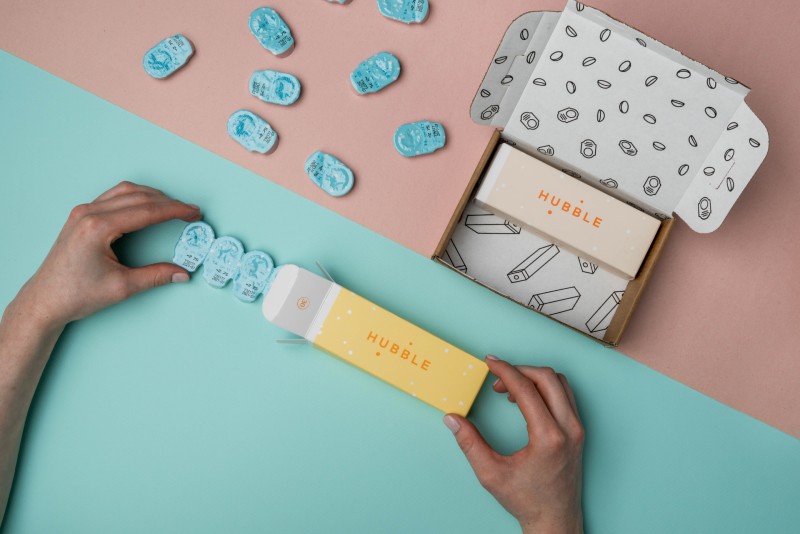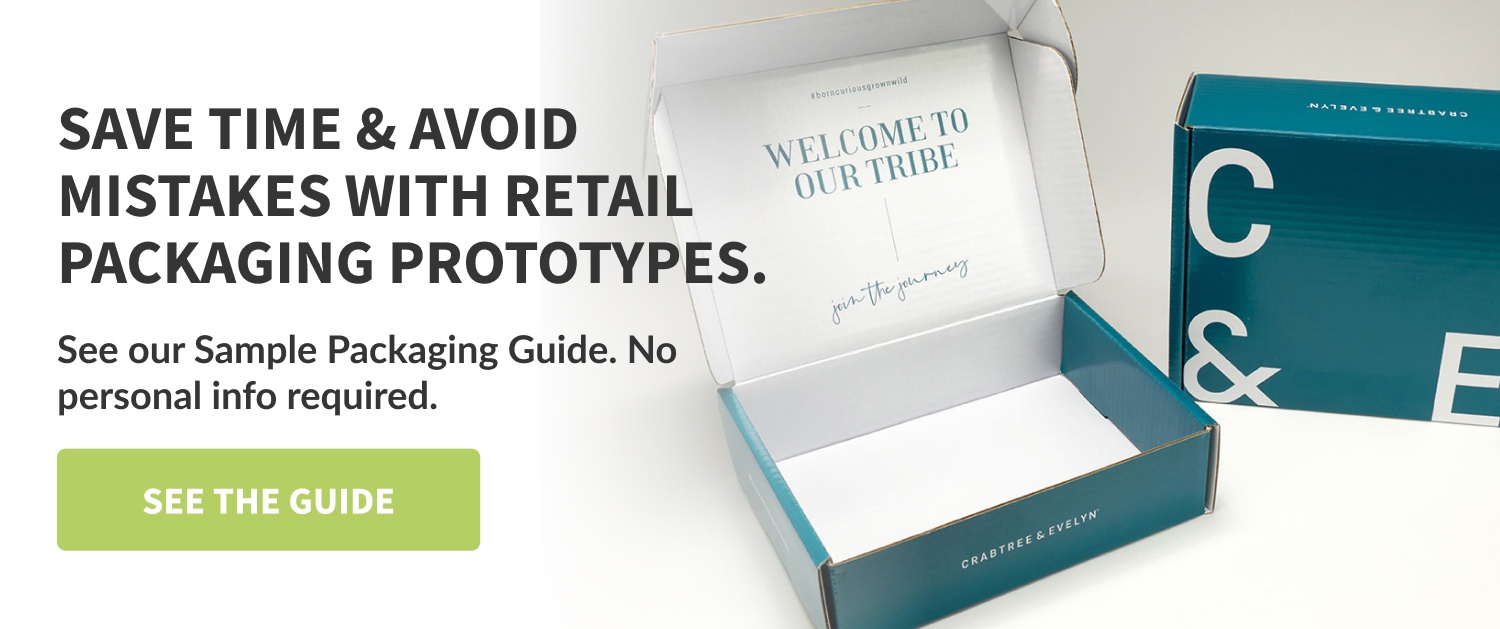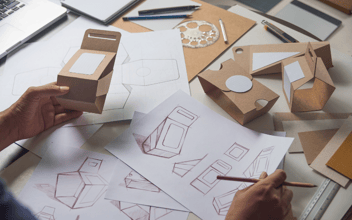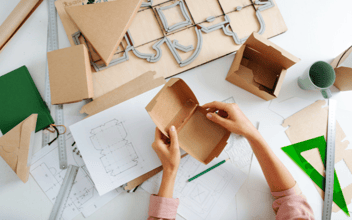Key Insights Every Successful Designer Holds about Mockup Packaging
Mockup packaging stands out as a pivotal phase in developing a tangible product. It represents a nexus between creativity and real-world application, turning conceptual designs into physical prototypes.
While it may seem straightforward, there's a nuanced art to perfecting mockup packaging, and every seasoned designer harbors some key insights about this crucial process. Let's uncover these pearls of wisdom.
1. Mockups Are More Than Just Visual Prototypes
While the initial draw of mockups might be their visual representation, their true value lies far deeper. Experienced designers understand mockups are a comprehensive bridge between conceptual ideas and tangible outcomes.
Beyond offering a sneak peek of how the final product might look, mockups provide insights into the design's actual feel, functionality, and user interaction. They highlight tangible attributes — the texture, weight, or ease of use — and suggest potential design improvements.
By treating mockups as multi-faceted tools rather than mere visuals, designers can anticipate and address challenges before they escalate, ensuring a smoother transition from design to production.
2. Accuracy is Paramount
In the intricate dance of design, where imagination meets the tangible, the importance of accuracy cannot be overstated. It's not just about getting the dimensions right or ensuring the color palette matches; it's about faithfully translating a design concept into a physical specimen that closely mirrors the envisioned final product.
When mockups maintain high accuracy, they eliminate ambiguity, reduce costly iterations, and pave the way for smoother production processes. A seasoned designer knows that every minute detail, from the choice of materials to the precision of print, plays a pivotal role in the mockup stage. This rigorous attention to accuracy at this juncture acts as a safeguard, minimizing surprises when the design scales from prototype to full-blown production.
3. Feedback is Gold
In the realm of design, where subjectivity often intertwines with functionality, feedback stands as a beacon of clarity and direction. While designers bring expertise and vision to the table, the collaborative feedback process adds layers of perspective, ensuring that the design resonates with its intended audience and meets practical requirements.
A well-crafted mockup becomes the conversation starter, allowing stakeholders, users, and even other designers to share their insights. Embracing this feedback—both praises and critiques—allows designers to refine, iterate, and elevate their work.
Successful designers don't view feedback as criticism; instead, they see it as a treasure trove of insights, guiding them closer to a visually compelling product that is market-ready and user-centric.
4. Embrace Flexibility
While mockups serve as a blueprint, bringing a vision closer to reality, they should not be seen as unchangeable edicts. The design journey is replete with twists and turns, and the true hallmark of a successful designer is the ability to adapt.
This means recognizing that a mockup, no matter how meticulously crafted, might require adjustments. Whether these changes stem from newfound insights, logistical constraints, or evolving client needs, embracing flexibility ensures that the design remains relevant and effective.
It's this adaptable approach—this willingness to reshape, rework, and reimagine—that allows designers to deliver innovative solutions and attuned to real-world challenges.
5. Consider the End User
Amidst the myriad decisions that shape a design, the end user's perspective remains paramount. Successful designers recognize that a mockup, while a prototype, is also a promise of the eventual user experience.
It's not solely about aesthetics or functionality in isolation, but how these elements coalesce to serve the person interacting with the final product. Does the packaging open easily? Does its form intuitively convey its function? Does it evoke the desired emotions or provide the necessary information clearly?
By continually placing the end user at the forefront of design decisions, designers ensure that mockups look appealing and resonate deeply with their intended audience, setting the stage for a product that's genuinely user-centric and market-ready.
6. Sustainability Matters
The modern consumer is increasingly discerning, valuing what a product offers and the ethos behind its creation. Successful designers are acutely aware of this shift, understanding that mockup packaging isn't just a prototype but a statement of intent.
It's an opportunity to showcase a commitment to sustainable practices, from the choice of recyclable materials to designs that minimize waste. Incorporating sustainability at the mockup stage signals a brand's dedication to responsible production, fostering trust with consumers and ensuring the final product isn't just market-ready but also future-facing, aligning with the evolving values of a globally conscious audience.
Related Content: Sustainability Sells: Mastering Sustainable Packaging Design Trends
7. Mockups Set Expectations
Finally, it's crucial to understand the role of mockups in setting expectations. For clients and stakeholders, seeing a mockup transforms an abstract concept into something tangible. It provides a clearer vision of the final product and sets the stage for subsequent production steps.
Takeaway
Mockup packaging is a delicate balance of art and science, imagination and pragmatism. While it serves as a bridge between concept and reality, it also reflects a designer's understanding of the market, the end user, and the broader context in which a product exists.
For those embarking on a journey in the world of design, always remember that mockups are your allies. They are tools of expression, refinement, and collaboration. By embracing the insights outlined above, designers can navigate the challenges of mockup packaging with confidence and finesse, setting themselves up for success in their projects and beyond.






